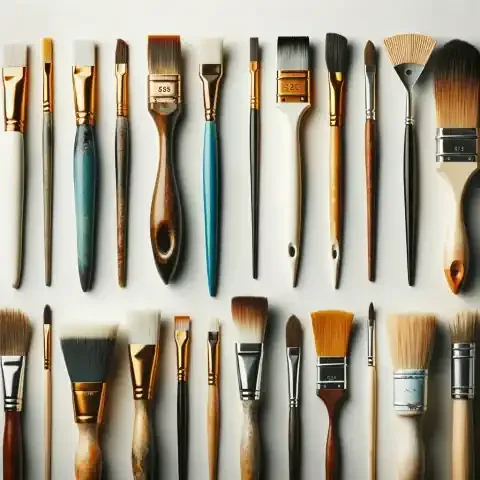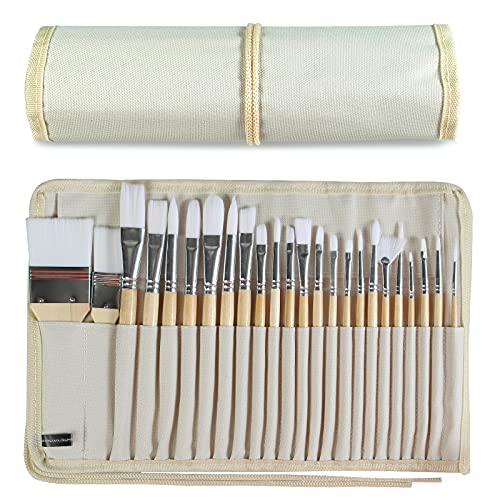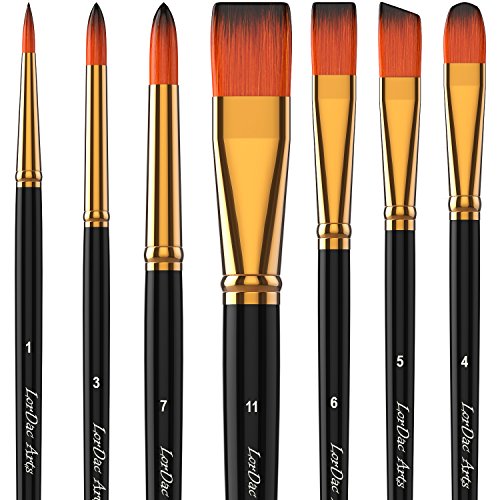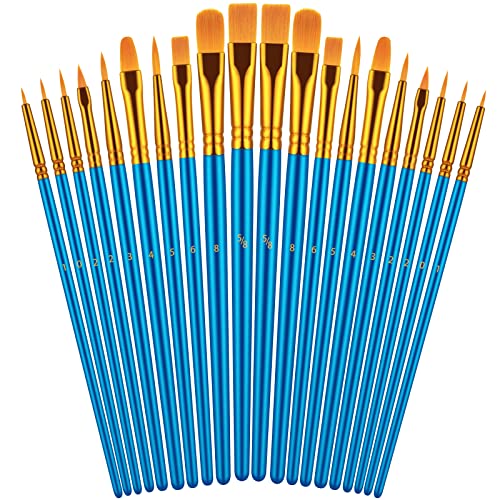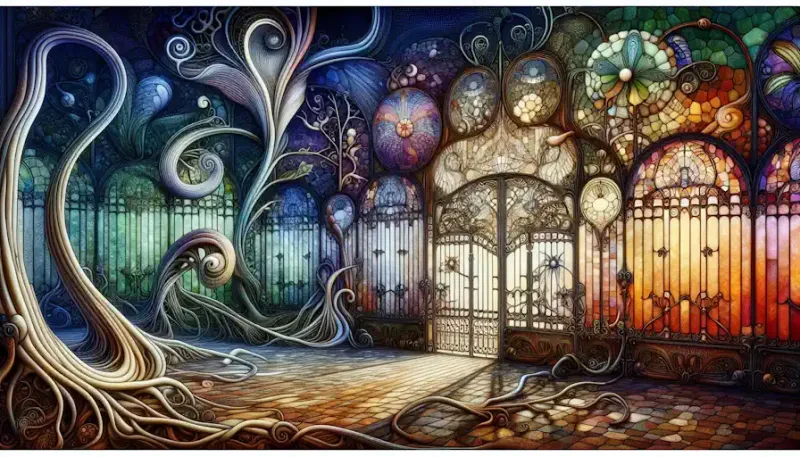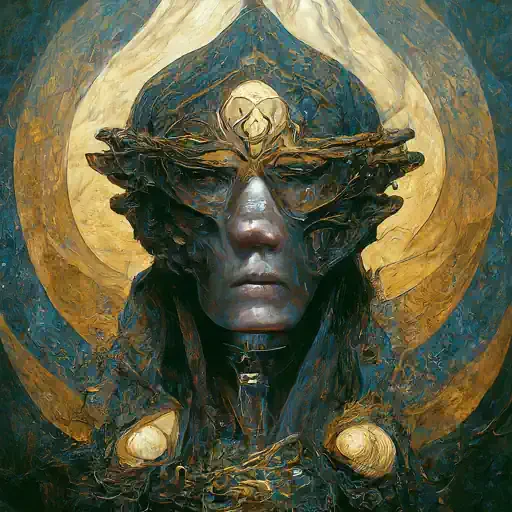Brushes are more than mere tools; they are extensions of the artist's hand, translating imagination into reality. Selecting the right brush can profoundly impact your artwork's quality and the enjoyment of the creative process. This guide explores the different types of brushes and offers tips on choosing the perfect ones for your art.
Understanding Brush Types
Round Brushes: Versatile and Precise
Round brushes are the go-to for most artists. Their pointed tip is ideal for fine lines and details, while the wider base can fill larger areas. They are incredibly versatile, suitable for everything from detailed work to controlled washes in watercolor.
Flat Brushes: For Bold Strokes
Flat brushes have a squared-off tip, perfect for bold, straight strokes. They are ideal for filling broad areas, creating sharp edges, and even varnishing. Their versatility makes them a must-have in any artist's toolkit.
Filbert Brushes: The All-Rounder
Filbert brushes, with their oval-shaped bristles, are a hybrid of round and flat brushes. They can cover broad areas and create soft, rounded edges, making them excellent for blending and figurative painting.
Fan Brushes: Textured and Delicate
Fan brushes, known for their spread bristles, are excellent for creating textures. They are commonly used for blending, creating foliage in landscapes, and adding fine details in larger compositions.
Angled Brushes: Precision and Control
Angled brushes, with their slanted bristles, offer excellent control for detailed work. They are perfect for tight spaces, crisp edges, and precise lines, especially in acrylic and oil painting.
Brush Hair: Natural vs. Synthetic
Natural Bristles: Traditional and Durable
Natural bristle brushes, typically made from animal hair, are prized for their ability to hold paint and maintain shape. Sable brushes, for instance, are highly valued in watercolor painting for their fine tip and smooth application.
Synthetic Bristles: Versatile and Affordable
Synthetic brushes, made from nylon or polyester, are a durable and affordable alternative to natural bristles. They are less prone to damage from paints and solvents, making them ideal for acrylic and oil painting.
Brush Size and Shape: Matching Your Needs
The size and shape of the brush should match the scale and style of your work. Larger brushes are suitable for broad strokes and backgrounds, while smaller brushes are for details and fine lines. Experimenting with different shapes and sizes will help you understand their impact on your work.
Caring for Your Brushes
Proper care extends the life of your brushes. Clean them immediately after use, reshape the bristles, and store them upright or flat. Avoid letting paint dry on the brush, and use appropriate cleaners for different paint types.
Choosing Brushes for Different Mediums
Oil Painting: Resilience is Key
For oil painting, choose brushes with stiff bristles that can move the thick paint. Natural hog bristle brushes are a popular choice for their resilience and ability to create textured strokes.
Acrylic Painting: Flexibility Matters
Acrylics require brushes that can withstand frequent washing and varying paint consistency. Synthetic brushes are typically preferred for their flexibility and durability.
Watercolor Painting: Delicacy and Precision
Watercolor brushes should be soft and capable of holding a good amount of water. Sable or high-quality synthetic brushes are excellent choices for their fine points and smooth flow.
Test and Experiment
The best way to find the right brush is through experimentation. Try different types, sizes, and shapes to
see what works best for your technique and style. Remember, there's no one-size-fits-all in art; each artist has unique preferences and needs.
Investing Wisely
While it's tempting to buy inexpensive brushes, investing in high-quality ones can significantly enhance your painting experience. Quality brushes last longer, maintain their shape, and provide a smoother application of paint.
Brushes as Partners in Art
Selecting the right brushes is a journey of exploration and experimentation. Each brush type offers a unique stroke and texture, opening up new possibilities for artistic expression. As an artist, understanding and choosing your brushes is a crucial step in developing your style and skills.
Whether you are a beginner or a seasoned professional, the right brushes can elevate your art. They are not just tools but partners in your creative journey. So, take the time to explore, choose wisely, and let your brushes unveil the true potential of your artistic talent. With the perfect brushes in hand, the canvas of imagination awaits your distinctive stroke.
